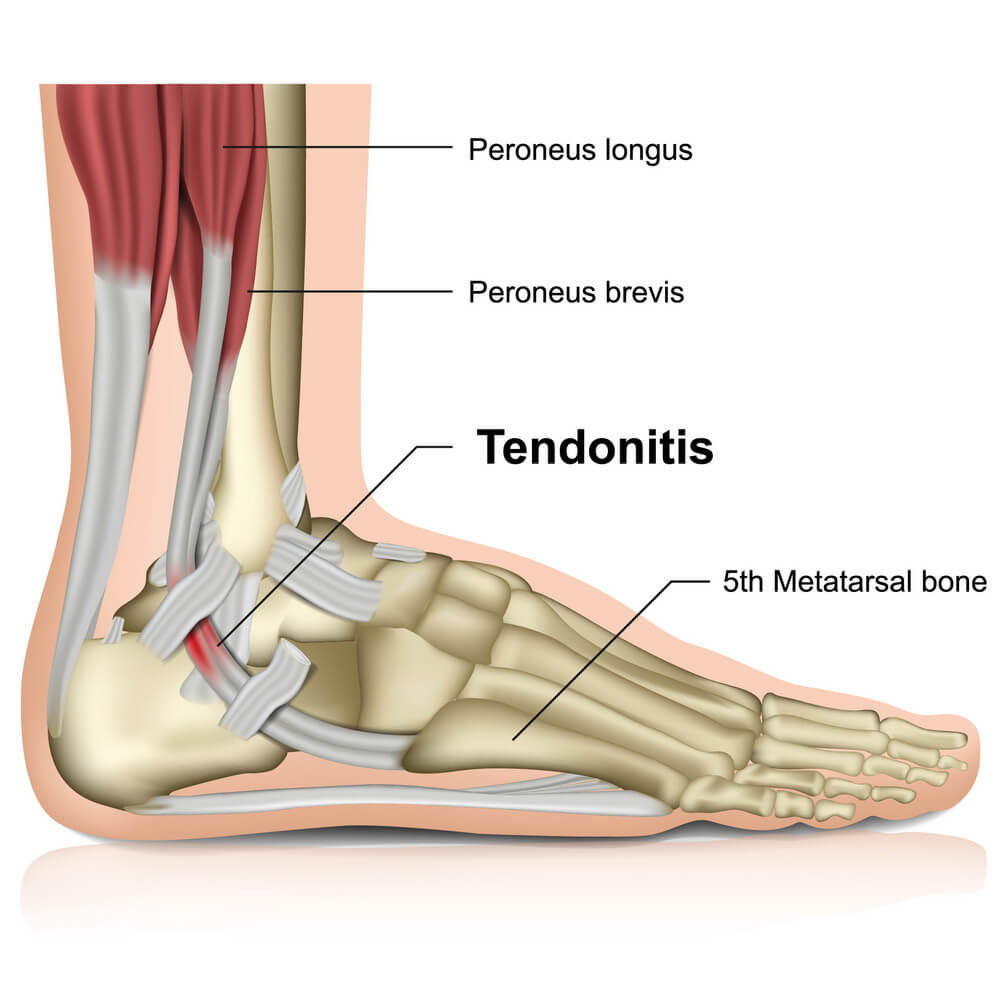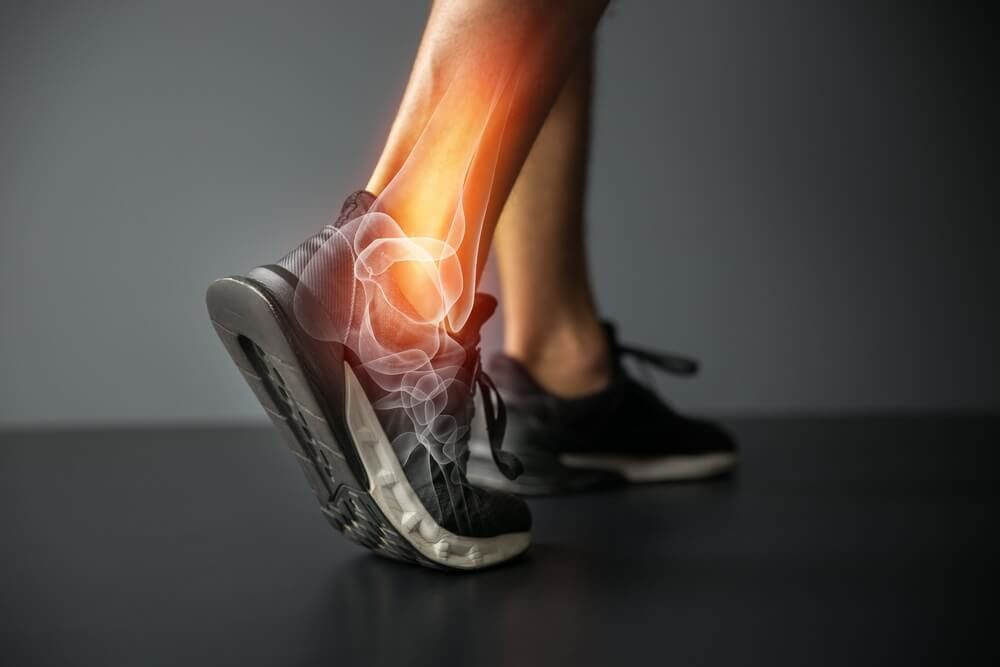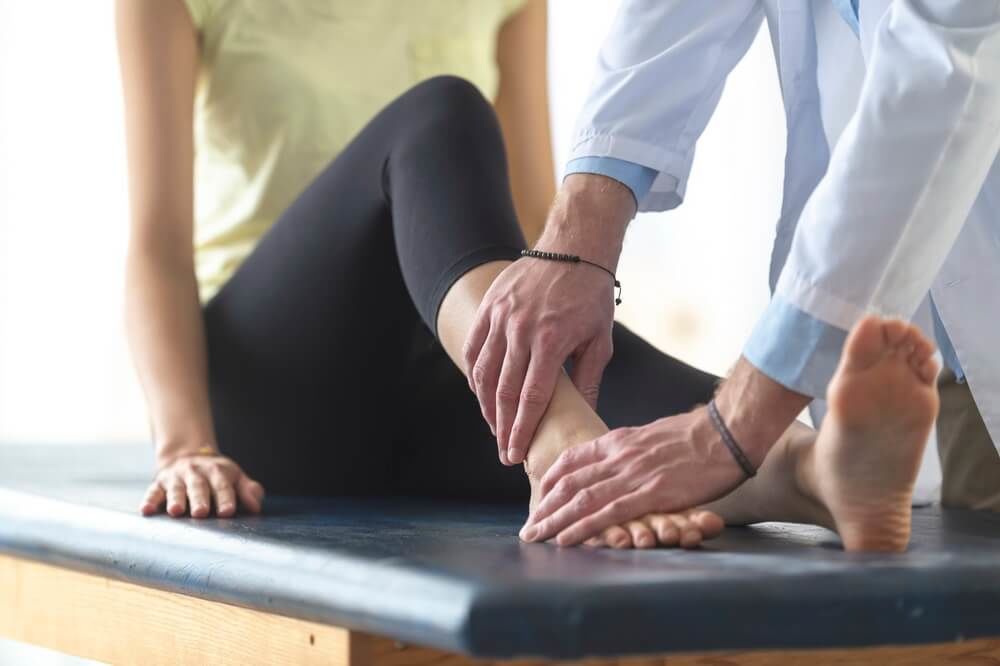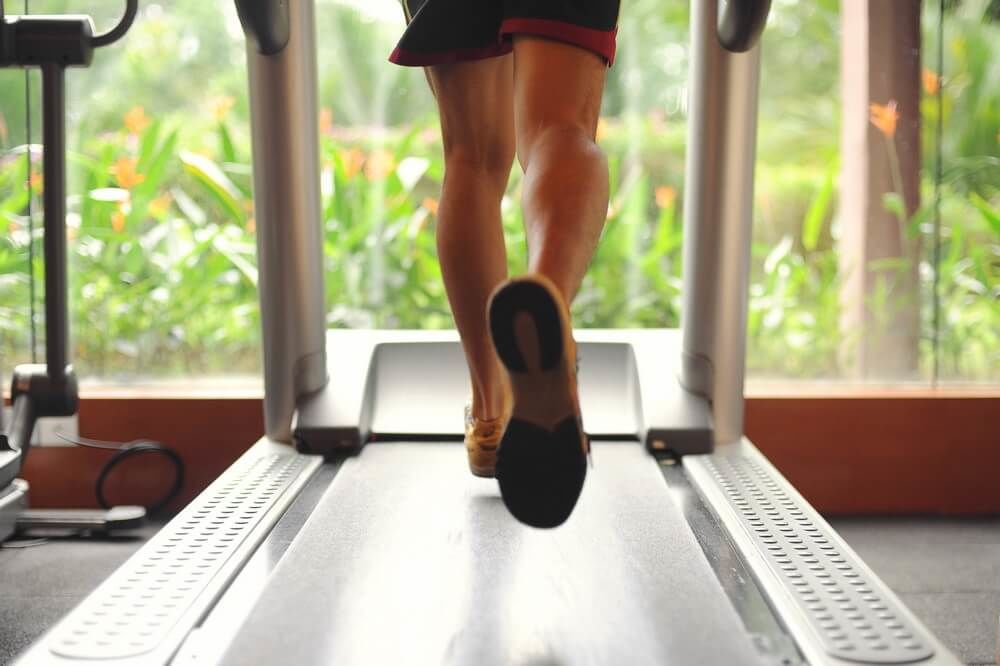Peroneal tendonitisPeroneal tendonitis / tendinopathy / tenosynovitis / subluxationA tendon is a fibrous, inelastic and very strong band of tissue that connects muscle to bone. The two peroneal tendons run side by side behind the outer ankle bone (lateral malleolus). Peroneus brevis attaches to the outside of the foot at the base of the 5th metatarsal known as the styloid process. Peroneus Longus runs under the arch and attaches to the base of the 1st metatarsal. There main and very important function is to stabilize the foot and ankle to prevent ankle pains and therefore protect the lateral ankle ligaments and the ankle, subtalar and midtarsal joints when on uneven surfaces or with twisting and turning motions. |  |
 | There are 2 main causes of peroneal tendon pain. Repetitive chronic overload which is usual the result of poor foot function in active individuals and /or acute overload as a result of a fall or sprain. High arch feet, or feet that roll out (supinate), at heel contact when the foot should be rolling in, (pronating), is the predominate cause of the chronic overload. This overload, be it chronic and repetitive or acute and sudden, can and does result in different types of pathology. However, they all present as pain behind the outside ankle bone or on the lateral side of the foot. |
Peroneal tendon injuries can result in
Peroneal tendon injuries are sometimes inappropriately diagnosed as ankle pain and as a result may get worse without the correct treatment. A thorough examination of your ankle, hind and midfoot is required and often further investigations including X Ray’s, Ultrasound or MRI are needed. Crucially, in the chronic cases, a careful gait analysis and footwear review is always required. |  |
 | Treatment options include
|